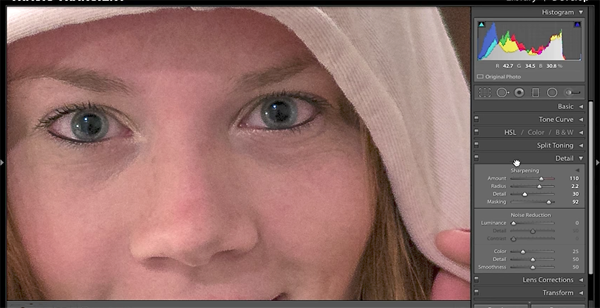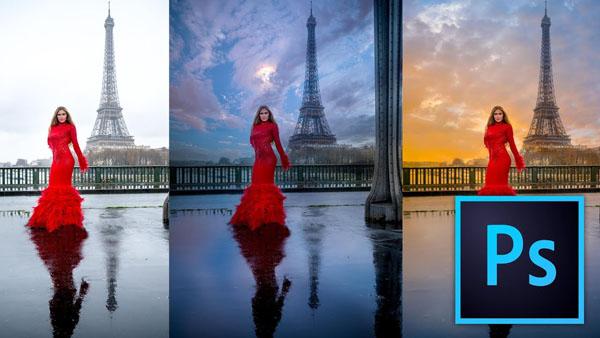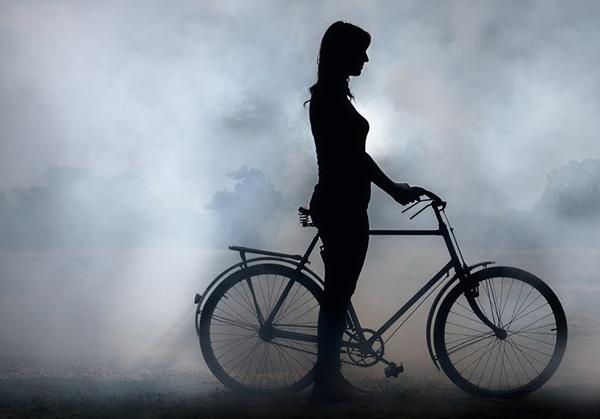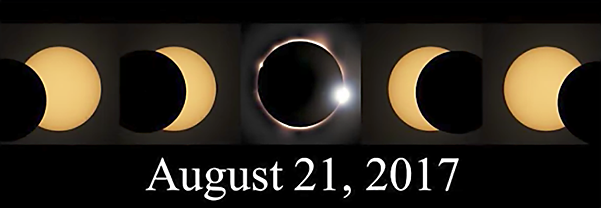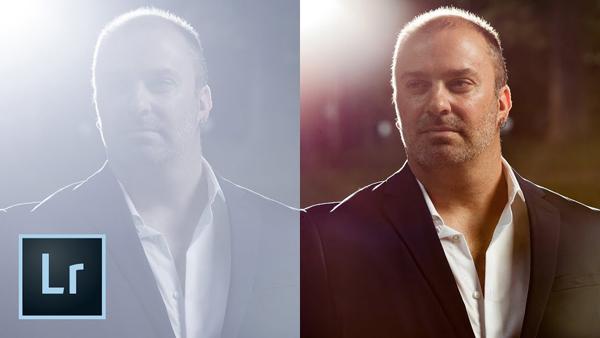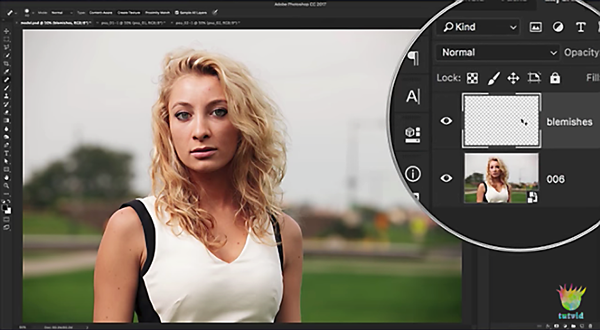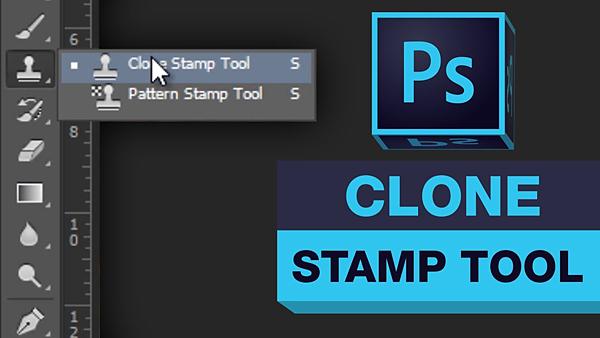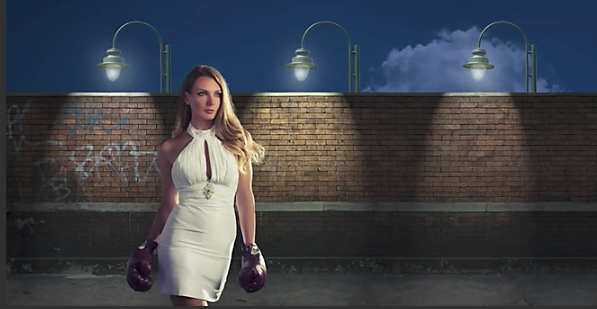|
Sep 08, 2017
|
Sep 05, 2017
|
Sep 01, 2017
|
Aug 24, 2017
|
Aug 24, 2017
|
Aug 24, 2017
|
Aug 23, 2017
|
Aug 23, 2017
|
Aug 18, 2017
|
Aug 17, 2017
|
Aug 16, 2017
|
Aug 16, 2017
|
Aug 11, 2017
|
Aug 10, 2017

